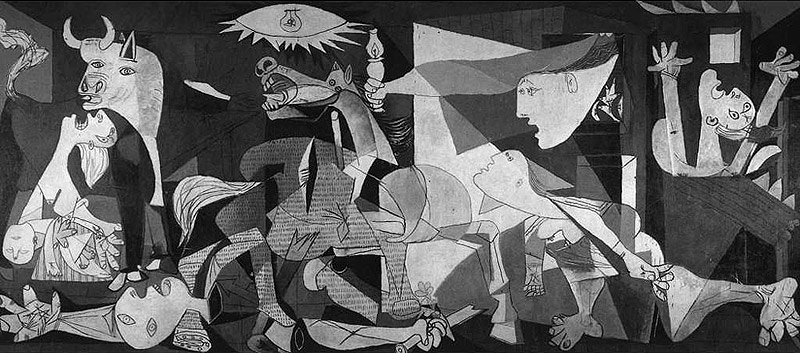
Art often crosses over into crime and crime crosses over into art. The question is what makes something art and not just crime. What crime is art and what crime is just crime? What is our criteria for art even when a crime is involved? Does who you are play a role in whether you’ve created art or crime?
The beginning to the answer of those complex questions can be answered or at least explored in the examination of an incident that occurred with the Han Dynasty Vases of acclaimed artist Ai Weiwei. Before the situation itself can be discussed, a little background would be very beneficial. Ai Weiwei is an internationally acclaimed artist. He was born in Beijing on August 28th 1957. As the son of politically active poet Ai Qing, Weiwei was immersed in politics from a young age. Due to his father’s writings Ai Weiwei and the rest of his family was sent to a labor camp in Heilongjiang when Weiwei was only a year old.
As Ai Weiwei grew up he became his own person and began to make his own political statements. He started to create art that criticized the Chinese government and organized many projects to expose corruption and the misdeeds of his country such as the Citizens’ Investigation on Sichuan Earthquake and Student Casualties. Ai Weiwei’s political critiques went so far as to land him in jail in China for 81 days in 2011.
One of Ai Weiwei’s most famous pieces is a collection of painted 2000 year old Han Dynasty vases and three black and white photos of Weiwei dropping the vases and shattering them to pieces. Through his art Weiwei has made a statement and essentially damaged items of historical significance. He has taken pieces that by themselves are worth millions and added to them and changed their historical significance and even destroyed a few. To many this art is a crime.
Although Weiwei’s art itself could be considered a crime the most interesting part of his piece is what happened to it. As the piece was on display at the Perez museum in Miami another artist, although unknown himself, took one of the vases and promptly smashed it.
This artist’s name was Máxime Caminero. Caminero smashed one of the vases on display in frustration that there was a lack of representation of local artists at the museum and too much art by global artist. He saw his actions as an extension of the actions of Weiwei and as he was standing in the shadow of the three black and white pictures of Weiwei destroying the vases it is easy to see why he thought this if not why he actual broke one. He seemed to be inspired by the same artist he was acting out against.
This action received an immediate response from both museum officials and Ai Weiwei himself. Ironically enough in light of his own exhibit and his own artistic destruction, Weiwei immediately condemned the act. In his own words, “If Caminero really had a point, he should choose another way, because this will bring him trouble to destroy property that does not belong to him.” In this statement Weiwei is condemning an artist who although he acted through different methods and for different reasons, essentially took the same approach as Weiwei himself.
Caminero had his own response to the event and said, “What Ai Weiwei did was wrong too. Ai Weiwei is breaking cultural patrimony.” In Caminero’s mind he did nothing different than Ai Weiwei and should receive no different treatment.
As far as legally Caminero was slapped with a 10,000 dollar fine, a couple of days in jail, and 100 hours of community service.
Here we see two artists attempting to make a statement in almost identical ways and the only difference is that one of them is an internationally recognized artist and multimillionaire and the other is a small unknown artist with no large sums of money to his name.
This way of deciding what is art and what is a crime seems almost arbitrary. It begs the question: If it had been someone other than Ai Weiwei that did the original project would they be in jail instead of in museums? The line between art and crime is thin and often hard to see. It is important that we don’t let notoriety of money determine where that line falls, but that we sustain the line equally for all.
More information at: http://broadstreetonline.org/2015/02/contemporary-art-as-crime-part-1/ and http://www.theguardian.com/artanddesign/jonathanjonesblog/2014/feb/18/ai-weiwei-han-urn-smash-miami-art and https://en.wikipedia.org/wiki/Ai_Weiwei





